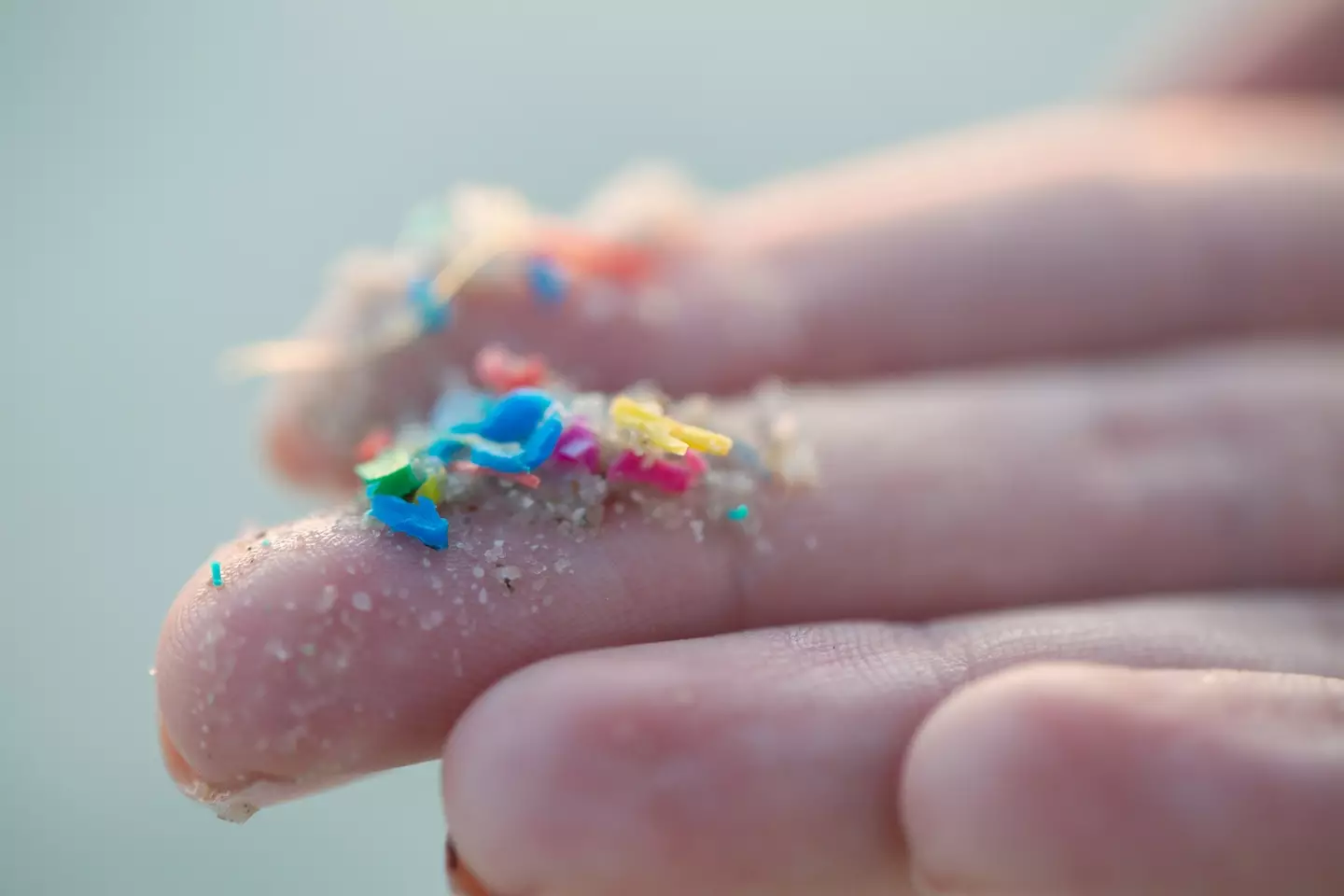
Microplastics have been found in deep Arctic waters, at the top of Mount Everest and, as of 2022, in human bodies. In other words: they’re everywhere, and if you’re hoping to avoid ingesting any then it’s probably already too late.
It’s unclear as to the extent of our own contamination with them or what their full effects may be, but the general vibe is that they’re not doing us any good.

The abstract from a 2024 study published in Environmental Research reads: “Bioaccumulation of plastics in the human body can potentially lead to a range of health issues, including respiratory disorders like lung cancer, asthma and hypersensitivity pneumonitis, neurological symptoms such as fatigue and dizziness, inflammatory bowel disease and even disturbances in gut microbiota.”
Advert
More research is required, but it seems like they’re both here to stay and potentially set to become a key instigator of health issues.
In terms of avoiding them, it seems like the battle may already be lost. They’ve infiltrated water systems, although in the UK it’s estimated that 99.9% of them are removed from our tap water during water treatment processes.
However, water served in plastic bottles can contain as much as a quarter of a million little chunks of microplastic, and so it’s recommended that you avoid drinking from plastic bottles if you can.
Unfortunately, it seems that glass-bottled water can have relatively high microplastics contamination levels, too.
Advert
A study from France’s food safety agency, ANSES, has found that glass bottles can in fact contain more microplastics than plastic bottles or cans.
Published in The Journal of Food Composition and Analysis, the study led by Guillaume Duflos found that glass-bottled drinks had the highest levels of microplastics contamination across water, soft drinks, beer and wine.
“We expected the opposite result,” said Iseline Chaib, a PhD student who worked on the study.
It found that glass bottles of soft drinks, beer, and iced tea contained around 100 microplastic particles per litre on average, which is somewhere between five and 50 times the levels found in plastic bottles and cans.
Advert
Plastic coatings on the inside of bottle caps were identified as the contamination source.

The team identified the plastic paint coating on the outside of the bottle caps, not the glass itself, as the source of contamination.
Chaib explained: “We then noticed that in the glass, the particles emerging from the samples were the same shape, colour and polymer composition – so therefore the same plastic – as the paint on the outside of the caps that seal the glass bottles.”
Advert
The research noted that ‘tiny scratches, invisible to the naked eye, probably due to friction between the caps when they are stored’ may also release microplastics.
